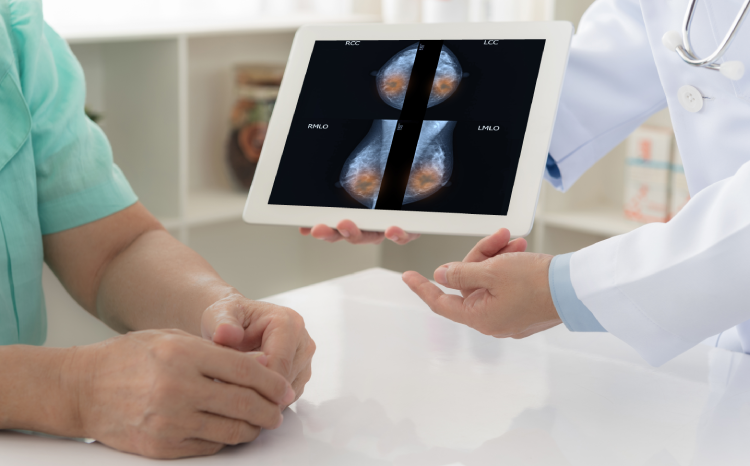UCLH deploys 18 week RTT solution
- 31 August 2007
University College London Hospitals NHS Foundation Trust has deployed a new system from LogicaCMG to support compliance with the government’s 18 week referral to treatment (RTT) objective.
The trust wanted to be able to electronically track the progress of every patient referred to them to ensure that they were offered an appointment within 18 weeks, drawing on the existing information they had stored in their Clinical Data Repository (CDR) and other systems.
UCLH assistant director of ICT, Joan St Hill, told E-Health Insider: “We were looking for a system that allowed us to monitor, recall and track all patients through the different care pathways that were resident in a number of systems. The key thing for us was that we could continue to use the system, but extract data to track every patient’s journey with us.”
Under the 18 week RTT initiative, by December 2008, patients must start treatment within 18 weeks of referral from a GP. The solution being deployed at UCLH will enable staff to identify individual patients who are in danger of breaching the target thus providing the trust with the means to actively direct its resources to ensure clinical services are delivered on time.
Hill added: “Data monitoring before tended to be fairly manual, and with so many pathways to look at and check for different targets, it was getting near impossible to monitor it in a meaningful way.
“The new system maps processes and integrates the data in a much more meaningful way. It can match the patient journey with our target timelines and allow us to easily see whether the patient is meeting our targets or if we need to take action.”
Hill says the system will help to increase that number and help the trust to meet the Department of Health target more quickly.
“The system will enable us to gather information much faster, so that by next March, we will definitely have reached up to 90% of our patients getting appointments within 18 weeks and 100% shortly after that, in advance of the December [2008] deadline.
“This will be a more time efficient and cost-effective way of gathering and monitoring this data and will meant that we can deploy resources to deal with issues as they arise and not just collecting the data and grouping it to find out if the target is being met. If we carried on down the manual route, resources would measure what was happening and we wouldn’t have the time to facilitate improvements.”
The new solution will draw on existing information from UCLH’s wide ranging CDR from Logica CMG as well as other systems to provide the tracking capabilities in real, or near real, time.
It will also provide UCLH with the information it needs to model and redesign its clinical and operational processes to eliminate bottlenecks, identify and exploit best practice and, where appropriate, consolidate common activities to ensure maximum efficiency and effectiveness while improving the patient experience.
James Thomas, ICT director at UCLH said: “The new solution being launched today is all about improving the care and treatment of patients.
“The solution will not only enable UCLH to better manage its clinical pathways and resources but will also improve the patient experience by reducing uncertainty in the scheduling of treatments and by ensuring that clinical interventions are undertaken quickly thus reducing the length of time to treatment. This is a truly 21st century way of working and a huge step change in medical care.”
Chris George, director of health and devolved government LogicaCMG told EHI: “The strategic partnership between UCLH and LogicaCMG will bring about a powerful and advanced system which will modernise the current process from GP to treatment. The ability to access this information is an invaluable asset and will enable trusts to proactively address the government target well in advance of December 2008. We believe this solution will have significant benefits for UCLH staff and patients.”
Full implementation of the system will be phased to collect separate care pathways one at a time. Full data collection is due to start in mid-October.
Links





